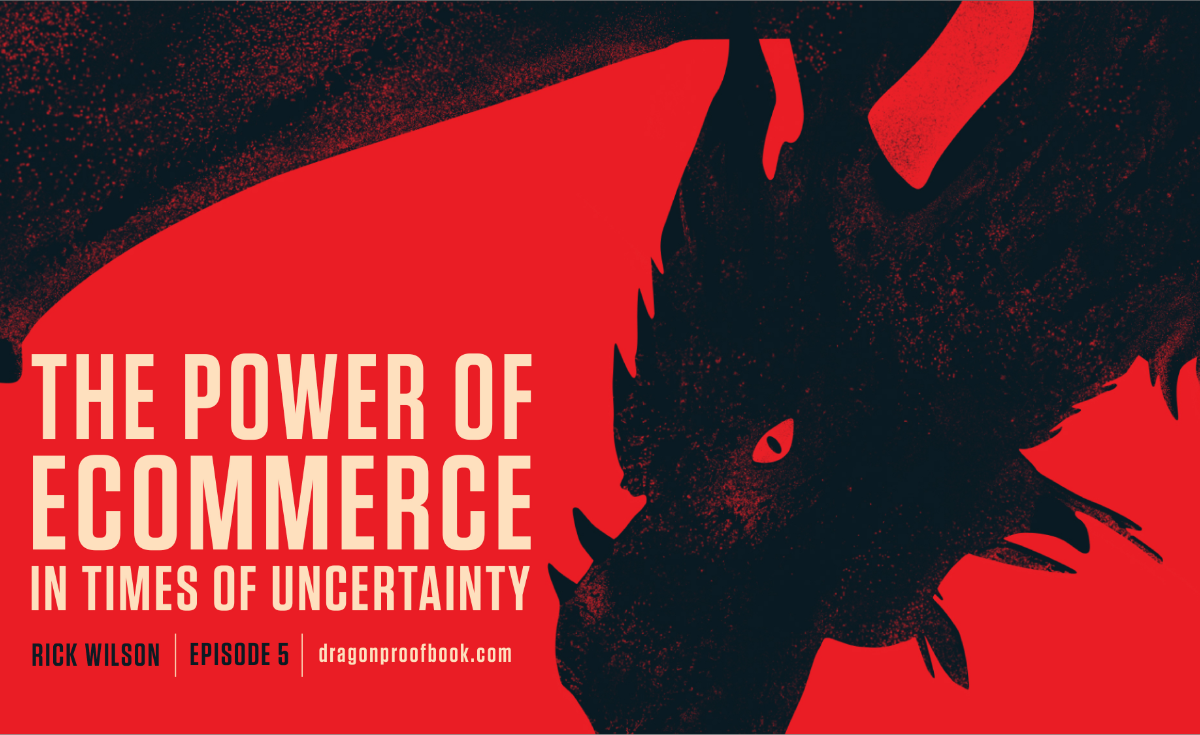
See why top ecommerce brands use Miva’s no-code platform to run
multiple stores, manage massive catalogs, and grow their revenue.
Rick Wilson recorded this special update on the intersection of the coronavirus pandemic and ecommerce. Rick shares Miva’s experience with shifting to remote work, how to analyze the health of an ecommerce business, and what signals to look for when determining critical ecommerce strategy. Listen now.
Crises tend to drive innovation—they also define leadership. With the COVID-19 pandemic rendering long-term conditions uncertain, ecommerce businesses must now rethink strategy on a once-a-day basis.
As a whole, our industry is built to weather these challenges. The fundamental service of all ecommerce—safely selling and delivering goods to consumers—is uniquely suited to serving a public which now finds itself locked indoors.
Adapting to changing conditions starts with protecting your workforce. Perhaps the most surprising aspect of this time is how utterly amenable many businesses are to shifting to remote work. Indeed, for tech-oriented companies, this shift may become a trend that lasts far longer than the virus.
Use Zoom (or any messaging app)’s video meetings to help soothe emotional stress. Getting work done face-to-face is more than just a productivity strategy—encouraging your team to interact visually can be a huge boost to morale when it is needed the most.
Some businesses thrive during hard times, while others fail during a boom. The difference is understanding why consumers need a product, and then getting it to them with the least friction possible. This is no different than any other time—the entire mission of online selling has always been to reduce the friction around solutions for customers’ problems.
Shifting to ecommerce is now essential for all product types—even ones that have previously been locked to physical showrooms, such as the automotive industry.
Obviously, survivalist gear is going to fare better in the short term than luxury auto parts. But each has a unique audience which can best be served by either stepping on the gas or trimming the sails. To do this, you must think about what the customer for that product needs, today. You should also think about what they don’t need.
Visibility into your supply chain has never been more important. The same is true for customer buying trends. Weekly or monthly metrics are out—now it is important to adjust timing, communication, and orders daily.
If this crisis had happened in say, 1999, ecommerce infrastructure would not have been able to handle it. Today, our logistical networks are as strong as the public’s faith in them—a faith which is very strong indeed.
Essential delivery pathways are sound, even if delayed. Looking to China, which may be several months ahead of the U.S., we see exports already rebounding. This is a very positive sign.
This crisis is testing all of us and presenting unique daily challenges for every business—how we support our workers, how we offer our products, and how we serve our customers.
We now have an opportunity to be a key component of the well-being of our communities and the functioning of our economy—this is the gift and promise of ecommerce.
For more vital ecommerce content, please join us and subscribe to the Dragonproof Ecommerce Podcast.
Back to topNo worries, download the PDF version now and enjoy your reading later...
Download PDF Miva
Miva
Miva offers a flexible and adaptable ecommerce platform that evolves with businesses and allows them to drive sales, maximize average order value, cut overhead costs, and increase revenue. Miva has been helping businesses realize their ecommerce potential for over 20 years and empowering retail, wholesale, and direct-to-consumer sellers across all industries to transform their business through ecommerce.
Visit Website